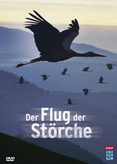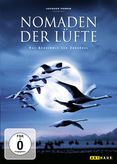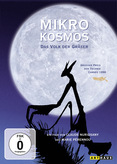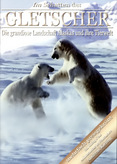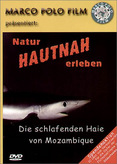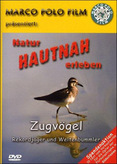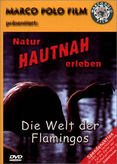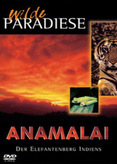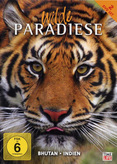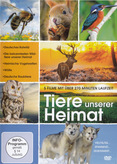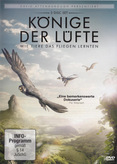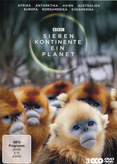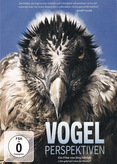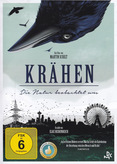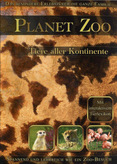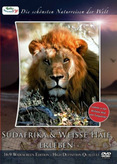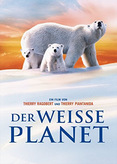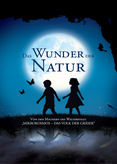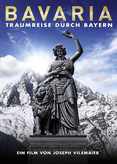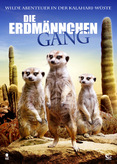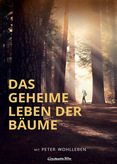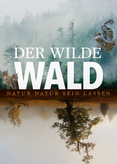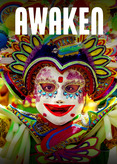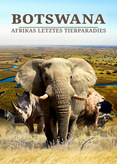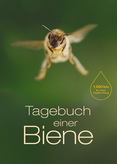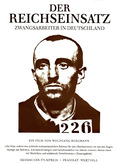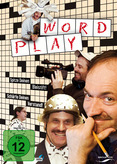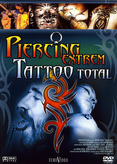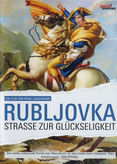Faszinierend hautnahe Einblicke in das Leben der Weißstörche. Diese Dokumentation erzählt die Geschichte eines Vogels, den jeder kennt und liebt. In vielen Kulturen gilt der Storch als Glücksbringer, im alten China sah man in ihm ein Sinnbild der Langlebigkeit, und im alten Ägypten symbolisiert er Frömmigkeit. Selbst in Amerika, wo Weißstörche nicht heimisch sind, wissen die Kinder, dass der Storch die Babys bringt. 'Der Flug der Störche' beobachtet die Vögel in ihrem Winterquartier in Afrika, begleitet sie zurück nach Europa und gibt von der Paarung und dem Schlüpfen der Jungen bis hin zum Rückflug der Vögel im Spätsommer hautnahe Einblicke in das Leben der Weißstörche. Die wichtigsten europäischen Schauplätze sind die Marchegger Kolonie in der Nähe Wiens, wo die Störche noch wie einst in den Kronen alter Eichen brüten, und Alfaro im Norden Spaniens. Hier haben die weiß gefiederten Vögel eine Kathedrale als Brutplatz erobert, die sie in den Sommermonaten zu Hunderten bevölkern. In Marchegg belagern an die sechzig Brutpaare die mächtigen Eichen den Sommer über und ziehen hier ihre Jungen groß. Da das Verbreitungsgebiet der Störche in Mitteleuropa durch die Zerstörung vieler Naturlandschaften heute inselförmig zersplittert ist, bilden diese Auen einen ganz besonders begehrten Lebensraum. Außerdem besucht der Film das kroatische Dorf Cigoc, das ebenfalls von der Umweltstiftung 'Euronatur' als 'Europäisches Storchendorf' ausgezeichnet wurde, einen malerischen Platz, wo regelmäßig an die fünfzig Storchenpaare auf alten Holzhäusern nisten. Hier wird noch naturnahe Landwirtschaft mit alten Haustierrassen betrieben.
Weiterlesen »
Fascinating, close-up insights into the life of the white storks. This documentary tells the story of a bird that everyone knows and loves. In many cultures, the stork is considered a lucky charm, in ancient China it was seen as a symbol of longevity, and in ancient Egypt it symbolizes piety. Even in America, where white storks are not native, the children know that the stork brings the babies. 'The Flight of the Storks' observes the birds in their winter quarters in Africa, accompanies them back to Europe and gives first-hand insights into the life of the white storks, from the mating and hatching of the young to the birds' return flight in late summer. The most important European locations are the Marchegg colony near Vienna, where the storks still breed in the crowns of old oaks as they once did, and Alfaro in northern Spain. Here, the white-feathered birds have conquered a cathedral as a breeding ground, which they populate by the hundreds in the summer months. In Marchegg, around sixty breeding pairs besiege the mighty oaks over the summer and raise their young here. Since the distribution area of storks in Central Europe is now fragmented into islands due to the destruction of many natural landscapes, these floodplains form a particularly sought-after habitat. In addition, the film visits the Croatian village of Cigoc, which has also been awarded the title of 'European Stork Village' by the environmental foundation 'Euronatur', a picturesque place where around fifty pairs of storks regularly nest on old wooden houses. Here, near-natural agriculture is still practiced with old breeds of domestic animals.
More »
